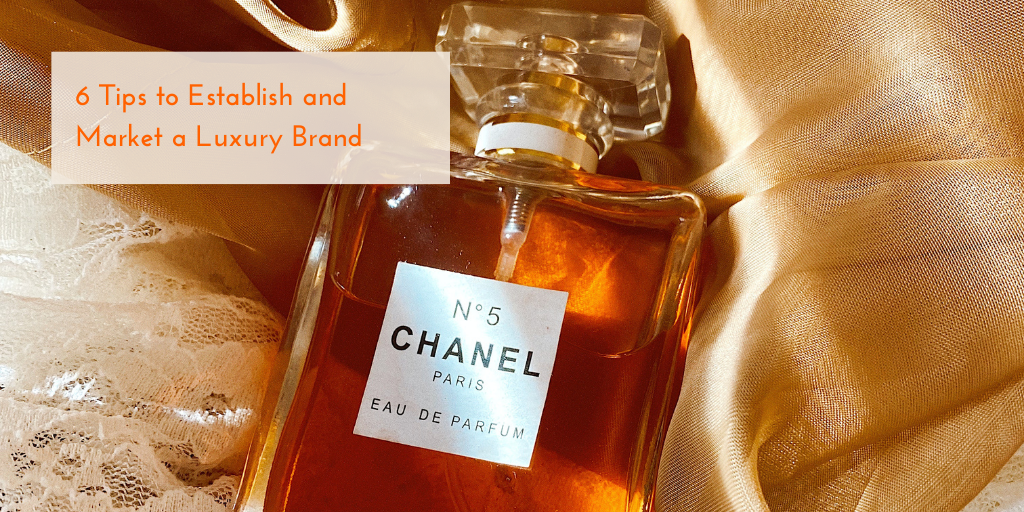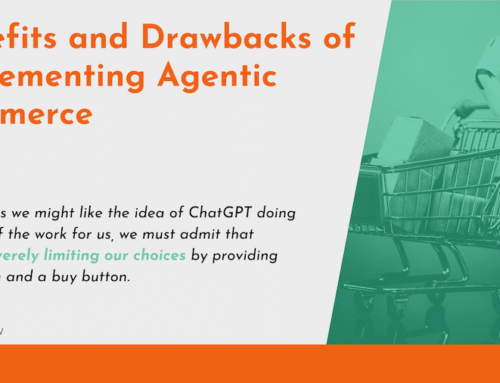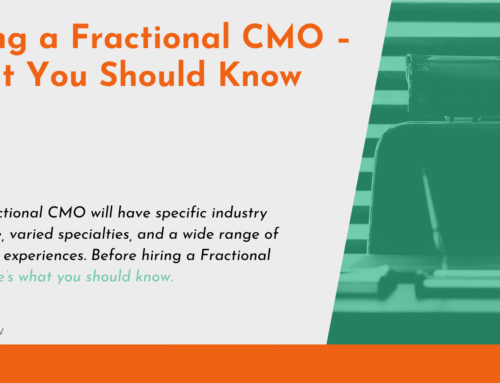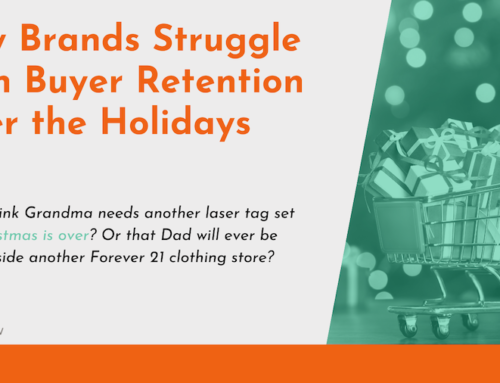
There is a special art to creating a luxury brand that goes beyond a top-notch product, though that’s certainly the beginning of your journey. You have many steps to think about along the way, not the least of which is how to ensure scarcity and exclusivity synonymous with luxury goods. These six tips will help you discover the most important aspects of creating and marketing a luxury brand.
Superior Product or Service
When thinking of luxury, buyers often picture designer handbags, shoes, and watches. Consumer products can fit the “luxury” description, but it’s important to note that you can provide luxury services, too. Even B2B services can be considered luxury if your service is superior.
And that’s the key: Whether your product is tangible or intangible, it must be clearly superior to any similar offerings to achieve luxury status. As an example, HubSpot’s automated marketing services aren’t labeled luxury services. However, anyone who has used similar services before working with HubSpot understands their product is of the highest level. That understanding means customers are willing to pay more.
Without a superior product, you simply cannot establish a luxury brand.
Strong Brand Identity
With a high-end product or service, you’re set to develop a strong brand identity. This is where you’ll determine your unique selling proposition—what makes you stand out from any potential competitors. With that answer, you’ll develop your brand personality—your brand voice, tone, and messaging.
Remember that your brand is influenced by what buyers think and say about you, so you must be prepared to back up your claims. Customer loyalty is what will continue to drive your business, so your brand must remain consistent over time.
Grasp on Target Audience
While simply seeking out affluent customers seems like the right move, the truth is that wealthy buyers have tastes and preferences that vary just as widely as average consumers. The niche segment that you target must identify with the product or service you plan to offer.
What is important to them? How do they spend their personal time? You’ve satisfied one requirement, which is a product or service of unmatched quality. Now you must determine other specific needs for your target niche.
Specific demographics can create a better understanding of your buyer personas, but it’s not enough to know the age, income, and geographic location of your ideal customers. Psychographics are crucial, with information about their lifestyles, opinions, behaviors, and interests.
Some of these psychographics can help you solidly identify your niche. Take a look at a general breakdown of luxury consumers:
High Earners, Not Rich Yet (H.E.N.R.Y.)
- Earn $100K to $250K per year
- Don’t “feel” rich
- High debt and little savings
- Work full time
- Account for 35% of luxury market
Trendsetters
- Similar income to HENRY
- 36% of Trendsetters are from the South
- Most multi-cultural of the segments
- Crave early access
Aesthetes
- Annual income of $150K and higher
- 62% of this segment are women
- Focus on design and craftsmanship
Pinnacle
- 62% of this segment are older than 45
- Largest percentage of this group earns more than $150k per year
- Exclusivity is main selling point
One thing all segments increasingly have in common is a move away from cost signaling. A large and growing number of luxury consumers prefer products that are more discreet—products that only others from the luxury buying circles would recognize. Lower income earners tend to rest firmly in this less conspicuous group, while ultra-high earners may still prefer to splash out and gain notice for their purchases.
Compelling Brand Story
Reaching your target audience with your specific luxury goods or services requires a compelling brand story. This is your opportunity to make clear to your buyers why your brand fits their lifestyle.
Tapping into the specific emotions involved in luxury sales can be tricky. This is why knowing your target audience is key. Younger buyers are less concerned with the splashy logos and attention they receive from luxury items and more interested in how the brands they engage with plan to improve the world they live in. Focusing on social good—taking advantage of that Noble Edge effect—is important in the brand stories they consume. Those who see themselves as trendsetters crave brands that are on top of the latest trends, particularly when it comes to fashion and technology.
The psychology of selling luxury brands is very important to crafting your brand story. We’re familiar now with the Noble Edge effect, but there are other tactics you can use to inspire loyalty from your target customer. One specific tactic to keep in mind is the Entourage Effect. While exclusivity and scarcity are important to many luxury buyers, they may also feel their status is elevated in the eyes of their friends when they’re able to share even a little bit of their good fortune.
Then there’s Anchor Bias, which is particularly important to remember. People rely very heavily on the first price presented. Discounting your luxury items can affect their value over time. By offering sales or licensing agreements, you may also make the mistake of diluting your brand, as it could become available to buyers outside of your target audience. That’s an ending to your brand story you really don’t want.
Deliver Stellar Experiences
The final key to establishing a luxury brand and developing a loyal customer base is unparalleled experiences. Buyers in this particular income bracket are accustomed to receiving the very best at all times, and that includes customer service. But customer service isn’t the only way to ensure your buyers always have a great experience with your brand.
Some examples of luxury experiences include:
- Members-only access to new products
- VIP access to music, dining, or social experiences
- Personalized products with input from the buyer
- Dedicated shopper and targeted recommendations
- In-person delivery instead of shipping companies
Your stellar shopping and service experience should be developed with your target audience and brand story in mind. Simply modeling your brand experiences after other established brands will harm rather than help your luxury image.
If we can be of help developing and marketing your luxury brand, don’t hesitate to reach out.





